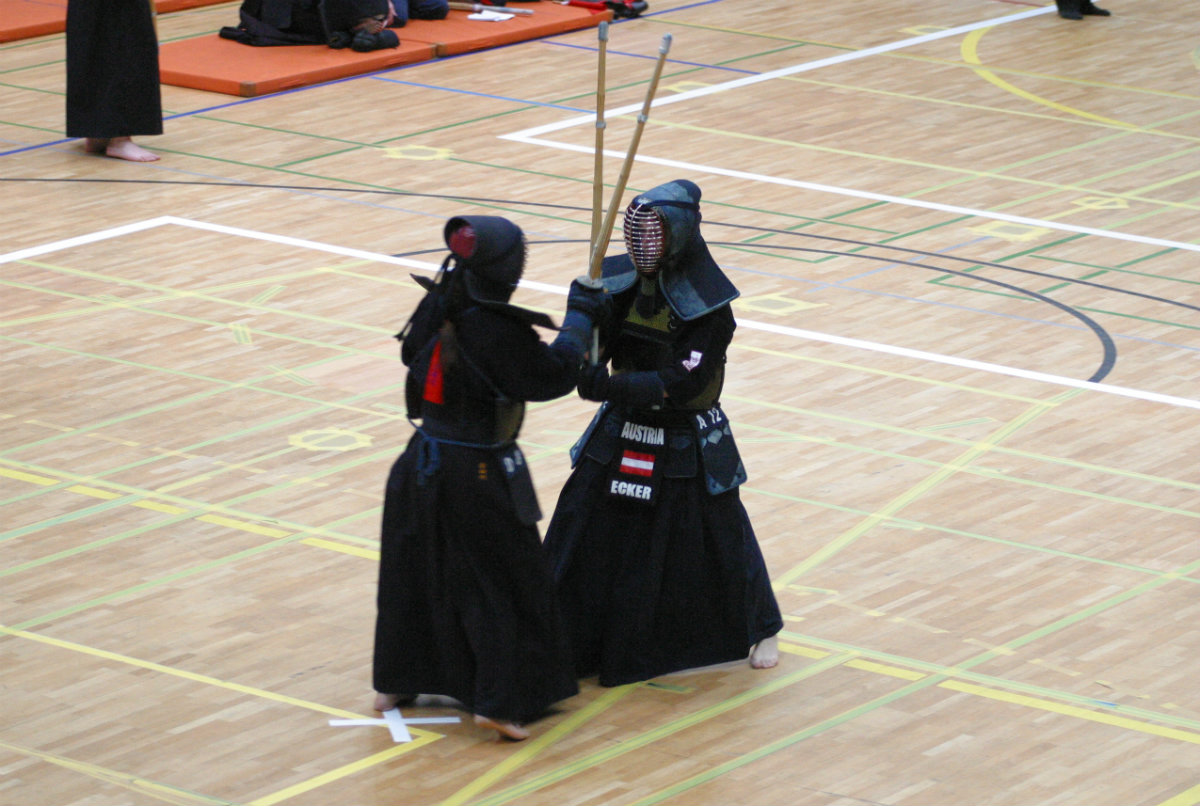Kendo techniques may seem like they are easy to learn, but make no mistake – they are not. Just like any other combat sports, Kendo acquires a lot of time and repetitions.
In kendo, techniques are categorized into two; shikake waza (attack) and ouji waza (defense, counterattack).
Even though you react and counterattack your opponent, you do not want to be in the state of “fleeing”. Before executing an ouji waza, you should already win the mind game before actual striking happens. In other words, you should make your opponent strike as you want (ideal).
- The first thing you need to do is prepare for opponent’s attacks. For ouji-waza, you generally predict the opponent’s attacks and make waza against them, but the opponent might move differently from your expectation. In case it happens, you should prepare for dealing with different patterns, meaning you can make ouji-waza, you can protect, you can go back and so on. There are many different causes in kendo.
However, it might be difficult to prepare for many cases at first. The easiest way to respond to any opponent’s movement is two things. First, you do ouji-waza if your opponent’s attack matches your expectation. Second, you can protect if your opponent’s attack or movement don’t match your expectation. With these two simple ways, you don’t need to worry about each opponent’s movement.
- The next thing is the invitation technique which means you should make your opponent attack. For ouji-waza, you should avoid waiting for an opponent’s waza because it is going to be late and you get hit in the worst case. Instead, you try to make your opponent want to hit, and you can make ouji-waza very easily. Invitation technique is a word that I made now, and it is called “sasou” or “sasoi” in Japanese which are used many times when they are talking about ouji-waza.
The generally basic way to make an opponent hit is coming close a little to the opponent from the usual distance (issoku-ittou-no-maai) because the distance is easy for the opponent to start hitting. This is going to be a great chance for ouji-waza. If your opponent hits as your expectation, you will be able to make ouji-waza perfectly.
- Finally, small movement is the other tip for make ouji-waza effective. It means you should make a smaller step for ouji-waza than shikake-waza because an opponent also comes forward at the same time. If you step largely, the distance is too close to hit correctly.
How much you should step forward is determined by how much distance you have between an opponent. It really depends on the opponent’s swing size and movement speed. If the distance will be close, you should make a small step. On the other hand, it will be a little bit far, you can make a big step to the opponent. You are required to make a quick decision on how much you should go forward, and you can train the technique in practice.
Source: www.note.com



